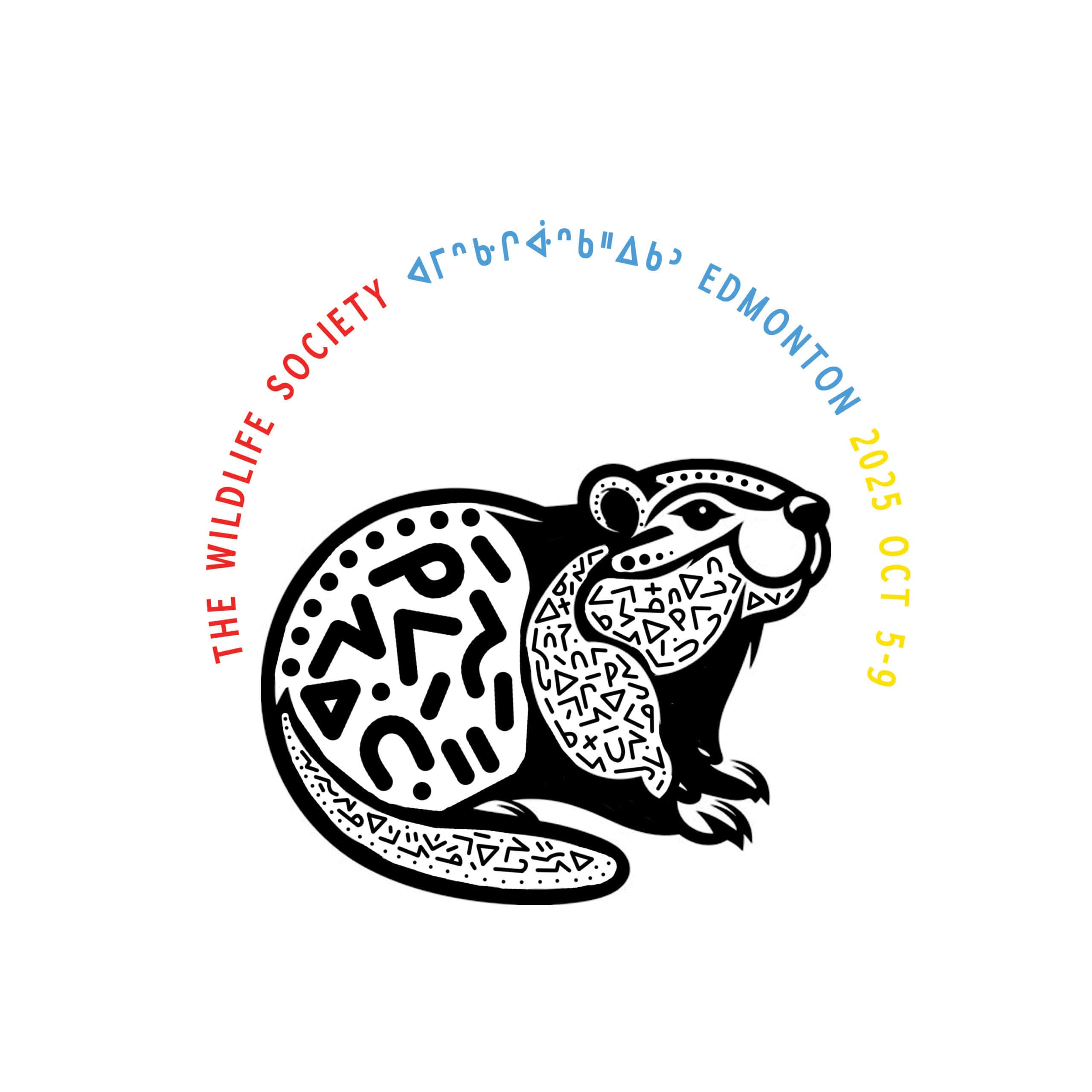Share this article
State of the Birds 2017: Farm Bill Special Report released
The U.S. Committee of the North American Bird Conservation Initiative (NABCI) released the State of the Birds 2017: Farm Bill Special Report on Aug. 3. The Report is a collaborative effort of government agencies, conservation organizations, and bird initiatives showcasing the benefits of Farm Bill conservation programs for birds, farmers, and rural communities.
NABCI is tri-national effort of the United States, Canada, and Mexico, established to protect, restore, and enhance populations and habitats of North America’s birds — TWS is an active member organization of the initiative. The Farm Bill Report will be the seventh State of the Birds report released since NABCI began the series in 2009.
The Agricultural Act of 2014 — the most recent Farm Bill — will expire in September 2018, at the end of federal fiscal year 2018 (FY18). Discussions are currently underway for a 2018 Farm Bill, including policies for private land conservation efforts typically found in Title II.
The Report and the State of the Birds 2017 website outline NABCI’s priorities to be considered in development of a new Farm Bill. The four main priorities laid out by NABCI represent a broad consensus of bird conservation partners and help to convey the importance of conservation programs in maintaining and improving bird populations throughout the U.S. The Report depicts the positive impact these programs have had on wetland, forest, and grassland bird species. Moving forward, NABCI emphasizes the importance of adequate funding for Farm Bill conservation programs, improving the impact of conservation programs for priority wildlife species, enhancing the capacity of public-private partnerships, and the utilization of science to maximize Farm Bill conservation effectiveness.
There are 1.5 billion acres of privately-owned land in the contiguous U.S.; implementation of Farm Bill conservation programs can help private lands support species like eastern and western meadowlarks (Sturnella magna and Sturnella neglecta), northern pintails (Anas acuta), and Henslow’s sparrows (Ammodramus henslowii). Wetland bird species that were previously on the decline are shown in the report to have reversed that trend with a 51 percent increase since the 1990 addition of wetland easements to the Farm Bill.
The Report emphasizes the benefits of the Farm Bill for birds, wildlife habitat, and people. According to the Report, the Farm Bill works to keep birds off of the Endangered Species List, feeds North American waterfowl populations, and protects vital prairie grasslands and wetlands, among other benefits. In terms of economic benefits, the Report points to successful leveraging of partner contributions — the U.S. Department of Agriculture leveraged an additional $900 million with an initial investment of $590 million through the Regional Conservation Partnership Program — as well as net benefits of $1 billion connected to ecological services, like water quality and wildlife habitat, over a 20-year period.
Read the State of the Birds Press Release.
TWS will also host a Farm Bill symposium at the TWS 2017 Annual Conference in Albuquerque, NM that explores various perspectives on Farm Bill conservation and examines recent scientific developments in fish and wildlife responses to Farm Bill conservation programs.
Header Image: ©Rick Bohn, USFWS








